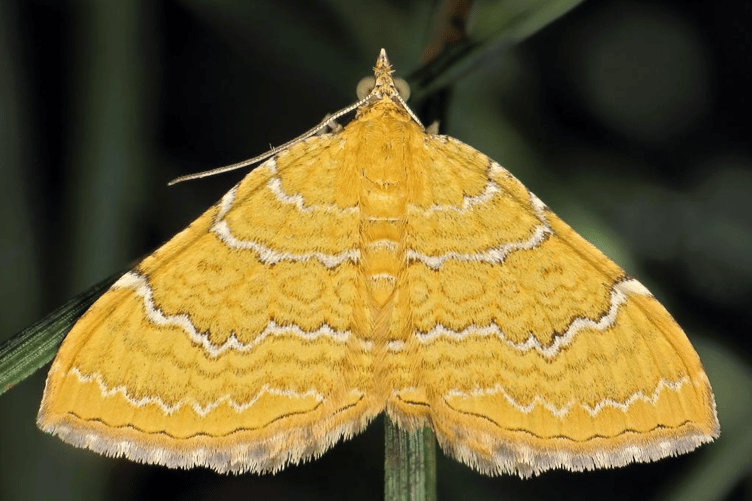What comes to mind when you think of the word “pollinators”? I bet it’s bees!
While we can’t deny the importance of bees as pollinators – “busy bees” is a part of common language – new findings suggest moths are even more hard-working.
Moths pollinate at a faster rate than day-flying insects, they pollinate over much larger distances and they pollinate plants rarely visited by other insects.
Researchers from the University of Sussex studied ten sites in southeast England throughout July 2021. They found that 83 per cent of insect visits to bramble flowers were during the day. While the moths made fewer visits during the shorter summer nights, notching up only 15 per cent of the visits, they were able to pollinate the flowers more quickly.
The research gives moths the credit they deserve for helping in seed production, which benefits wild plants and creatures as well as the production of human food crops.
Just as we learnt of moths’ importance, there has been news that many moth species are in serious decline across Britain.
More than two-thirds of common and widespread larger species had declined in the past 50 years. These losses in abundance were much greater in the southern half of Britain than the north.
Since 1900 there have been 51 moth extinctions in Britain, with three species becoming extinct since 2000.This has a knock-on effect not only on pollination for food and plants, but for the role they play in the food chain for bats, birds and other creatures. For example, in Britain and Ireland, blue tits eat an estimated 50 billion moth caterpillars each year. If moths continue to decline, many other species and the wider ecosystem will be put at further risk.
There are many factors causing a decline in the populations of moths and other insects. Some of the main drivers are linked to climate change and intensive agriculture, which widely impacts all kinds of creatures, including pollinators. The use of pesticides and herbicides in our gardens as well as agriculture is also a cause of declining numbers of moths.
Light pollution, especially street lights, has been found to be another factor in moths’ decline.
Most UK species are nocturnal. Some moths are naturally drawn to sources of light, and artificial lights can disorient them. They may spend a lot of time and effort travelling to artificial lights, and often circling them, leaving them too exhausted to find food or breed. They are also more likely to be gobbled up by predators.
We can help moths by turning off night lights and planting white flowers, as some moths are attracted to them, and also by growing patches of scrub and rough grass. Y
ou might even create a pesticide-free wild space in your garden or patio, where butterflies and moths can complete their life cycle: there’s lots of advice at https://butterfly-conservation.org/wild-spaces





Comments
This article has no comments yet. Be the first to leave a comment.